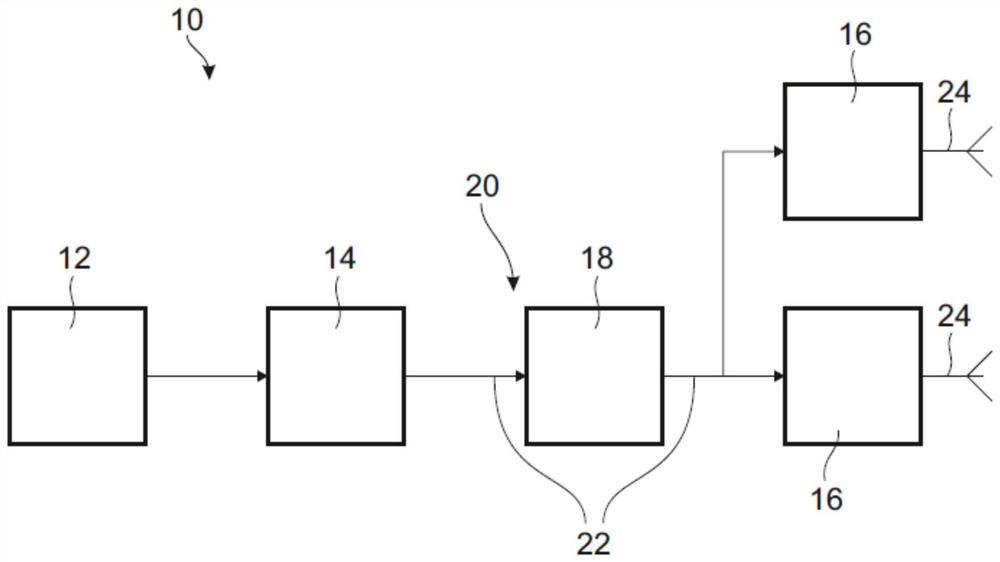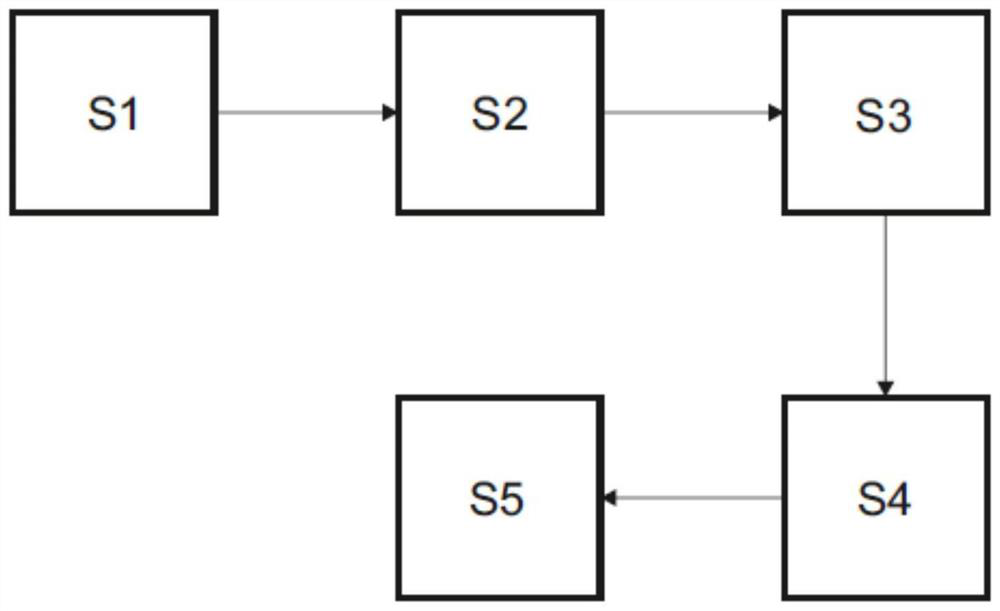Broadcasting system and method of processing data to be transmitted over air
A broadcasting system and over-the-air transmission technology, applied in the field of broadcasting systems, can solve problems such as interference, cross-talk and co-channel, and achieve the effects of reducing computing power, reducing total cost and reducing cost
- Summary
- Abstract
- Description
- Claims
- Application Information
AI Technical Summary
Problems solved by technology
Method used
Image
Examples
Embodiment Construction
[0033] The detailed description, set forth below in conjunction with the accompanying drawings in which like numerals refer to like elements, is intended as a description of various embodiments of the disclosed subject matter and is not intended to represent the only embodiments. Each embodiment described in this disclosure is provided by way of example or illustration only, and should not be construed as preferred or preferred over other embodiments. The illustrative examples provided here are not intended to be exhaustive or to limit claimed subject matter to the precise forms disclosed.
[0034] For purposes of this disclosure, for example, the phrase "at least one of A, B, and C" means (A), (B), (C), (A and B), (A and C), (B and C) or (A, B and C), when more than three elements are listed all further possible permutations are included. In other words, the term "at least one of A and B" generally refers to "A and / or B", ie "A" alone, "B" alone or "A and B".
[0035] exist...
PUM
 Login to View More
Login to View More Abstract
Description
Claims
Application Information
 Login to View More
Login to View More - R&D
- Intellectual Property
- Life Sciences
- Materials
- Tech Scout
- Unparalleled Data Quality
- Higher Quality Content
- 60% Fewer Hallucinations
Browse by: Latest US Patents, China's latest patents, Technical Efficacy Thesaurus, Application Domain, Technology Topic, Popular Technical Reports.
© 2025 PatSnap. All rights reserved.Legal|Privacy policy|Modern Slavery Act Transparency Statement|Sitemap|About US| Contact US: help@patsnap.com


